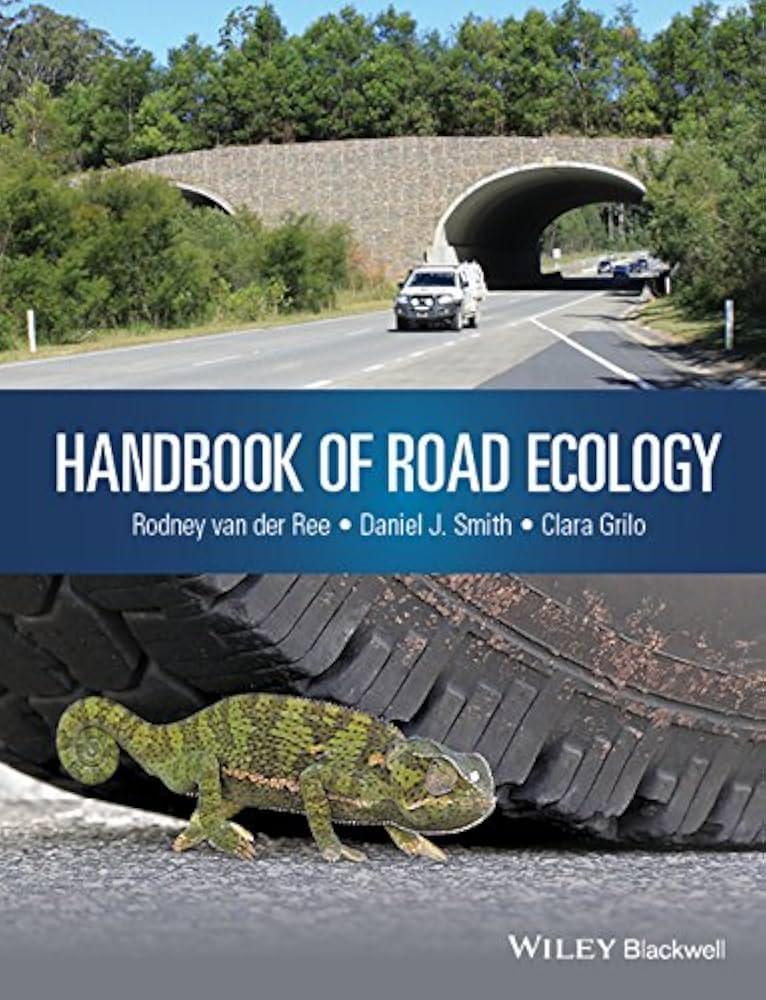As urban expansion and infrastructure development continue to fragment natural habitats, a new field known as road ecology is emerging at the intersection of environmental science and transportation planning. “Crossings: How Road Ecology is Shaping the Future of Our Planet” explores how innovative designs and ecological approaches to roadways are helping to preserve biodiversity, reduce wildlife-vehicle collisions, and foster connectivity across ecosystems. In this report for Living on Earth, we examine the challenges and cutting-edge solutions that could redefine how humans and wildlife coexist on a rapidly changing planet.
The Role of Wildlife Crossings in Preserving Biodiversity and Reducing Roadkill
Wildlife crossings serve as critical lifelines, reconnecting fragmented habitats and enabling animals to safely navigate human-made barriers like highways. These engineered structures-ranging from overpasses draped in native vegetation to subterranean tunnels-play a pivotal role in maintaining genetic diversity among wildlife populations by facilitating safe movement and migration. Without these crossings, roads act as deadly barriers, isolating animal groups and reducing their ability to adapt to changing environments, which ultimately threatens ecosystem resilience.
The impact of wildlife crossings extends beyond conservation efforts by markedly lowering vehicle-wildlife collisions, a leading cause of both animal fatalities and human injuries. Studies show that areas equipped with these crossings can experience a 70%-90% reduction in roadkill incidents. The effectiveness of crossings depends on strategic placement and species-specific design considerations, such as width and vegetation cover. The table below highlights some exemplary wildlife crossing types and their primary beneficiaries:
| Crossing Type | Main Beneficiaries | Key Benefit |
|---|---|---|
| Green Overpasses | Large mammals (deer, bears) | Habitat connectivity |
| Underpasses | Small to medium mammals & amphibians | Safe passage under roads |
| Fenced Culverts | Reptiles and amphibians | Direct animals safely through drainage systems |
- Preserves biodiversity: Enables gene flow and prevents species isolation
- Reduces accidents: Protects both wildlife and motorists
- Promotes ecosystem health: Supports predator and prey dynamics
Innovative Designs and Materials Driving the Next Generation of Ecological Passages
Advancements in ecological crossings are no longer limited to simple overpasses and tunnels; they now incorporate cutting-edge designs and sustainable materials that enhance both functionality and environmental integration. Engineers and ecologists are turning to innovative solutions such as modular vegetation panels, recycled composite surfaces, and bioengineered soil substrates to create passages that not only facilitate wildlife movement but also restore natural habitats. These materials improve durability and adaptability, ensuring that crossings evolve with the ecosystems they serve. Furthermore, the integration of smart technology-such as motion sensors and camera monitoring-allows for real-time data collection on wildlife usage, informing future improvements and conservation strategies.
Innovative ecological passages vary widely depending on the species and landscapes they target, yet common traits define their success. Key design elements include:
- Multi-species accommodations: Diverse structural features tailored for mammals, amphibians, insects, and birds
- Green connectivity: Seamless integration with existing wildlife corridors and natural vegetation
- Climate resilience: Materials and designs that withstand extreme weather conditions while maintaining habitat quality
- Community engagement components: Educational signage and observation points to foster public awareness
| Material | Benefit | Example Usage |
|---|---|---|
| Recycled composites | Durability & eco-friendliness | Wildlife bridge decking |
| Bioengineered soil | Promotes native plant growth | Tunnel entrances & slopes |
| Permeable aggregates | Improved water drainage | Pathway surfaces |
| Vegetation mats | Rapid habitat restoration | Bridge embankments |
Policy Changes and Community Engagement Essential for Expanding Sustainable Infrastructure
Implementing sustainable infrastructure on a large scale demands more than innovative design-it requires dynamic policy frameworks that encourage long-term ecological stewardship. Governments must revise outdated regulations to incorporate environmental impact assessments that prioritize habitat connectivity and wildlife protection. Equally important is allocating funding towards green corridors and wildlife crossings, transforming policy from reactive measures to proactive investments in ecosystem resilience. Collaborative governance models that engage local communities not only foster transparency but ensure that projects align with the lived realities and conservation priorities of those most affected.
Community engagement plays a pivotal role in cultivating public support and generating actionable insights for sustainable infrastructure development. When local voices are integrated early in the planning process, the resulting solutions tend to be more effective and culturally sensitive. Key elements driving successful engagement include:
- Education campaigns: Raising awareness about the benefits of road ecology
- Participatory workshops: Enabling stakeholders to co-design mitigation strategies
- Citizen science initiatives: Gathering valuable data on wildlife movements and habitat use
- Feedback loops: Continuously refining policies based on community input
| Policy Area | Community Role | Impact |
|---|---|---|
| Funding Allocation | Advocating for green infrastructure budgets | Increased financial resources for crossings |
| Environmental Review | Participating in environmental impact hearings | Enhanced wildlife protection measures |
| Urban Planning | Community-driven design input | Improved landscape connectivity |
The Way Forward
As the challenges of habitat fragmentation and wildlife conservation intensify, road ecology emerges as a critical field shaping how we coexist with nature. Crossings-whether overpasses, underpasses, or innovative wildlife corridors-are more than infrastructure; they are lifelines that reconnect ecosystems and protect biodiversity. As communities and policymakers embrace these solutions, the future of our planet hinges on integrating ecological insight into the very roads we travel. The path forward lies in balancing progress with preservation, ensuring that roads no longer divide but rather unite the living landscapes of Earth.
